The difference between permanent makeup and tattooing
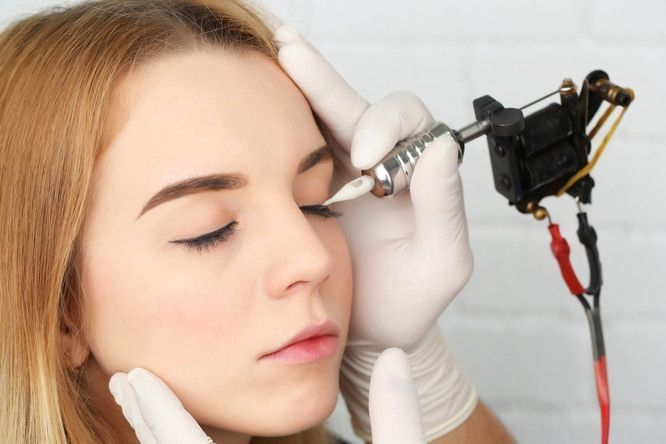
Content:
To the average person, tattooing and permanent makeup are the same thing. Ink is injected under the skin in both cases, and it can be painful and take time to heal. Drawn-on eyebrows or a dragon tattoo – isn't it all the same? But in reality, there is a difference.
Let's clarify the terms "permanent makeup," "micropigmentation," and "tattooing." Some claim that "micropigmentation" is an unprofessional term for permanent makeup, while others say it is just one of the techniques for injecting pigment under the skin, along with microblading (when pigment is applied to the epithelium using a thin blade). For simplicity and understanding in the rest of this article, let's assume that "micropigmentation" and "permanent makeup" are identical terms, as many people are accustomed to thinking. And as for tattooing – those are the actual drawings on the skin.
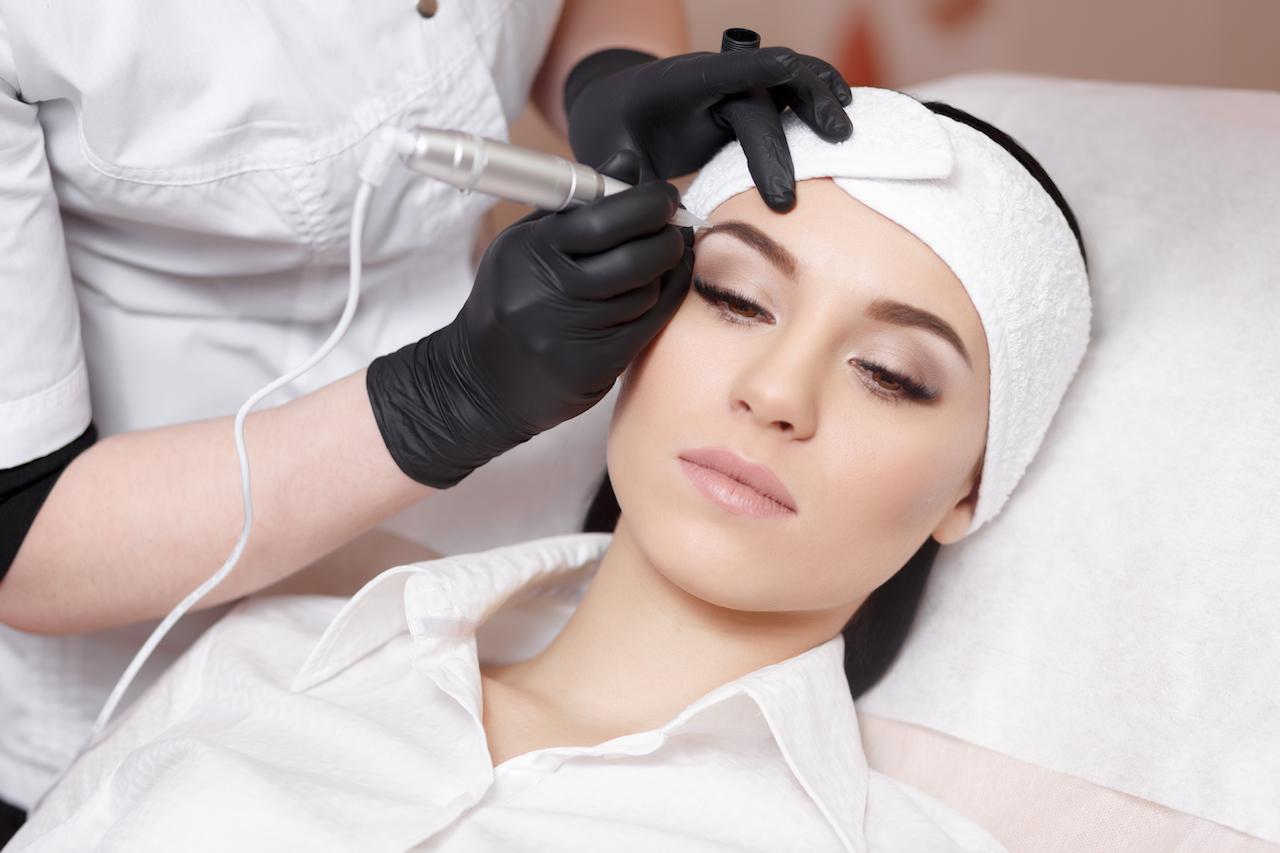
How did permanent makeup come about?
The first documented instance of permanent makeup was performed by the famous British tattoo artist Sutherland MacDonald in 1902 at his salon at 76 Jermyn Street in London. He applied pigments of a delicate pink color to women's cheeks that lasted for a year. The procedure became popular because many women wanted to look beautiful in any weather, whether it was winter or summer. Some didn't even realize that permanent makeup involved injecting pigments into the top layer of skin, as some artists kept quiet about it. They simply performed "useful injections" to rejuvenate the face. Let's dive deeper and look for the differences!
Origin
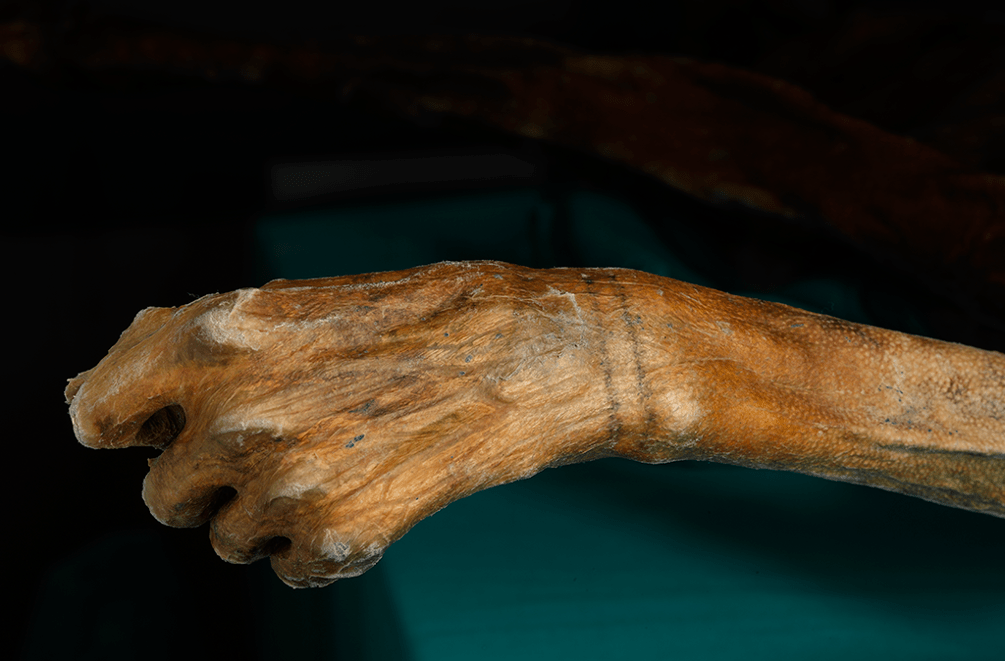
Tattooing is much older than permanent makeup. In 2015, scientists analyzed the age of a mummy with tattoos named Ötzi. They counted 61 tattoos on his body. The mummy was discovered in the Alpine glaciers and Ötzi lived more than 5000 years ago. In 2018, tattoos were found on two mummies from Egypt.
Ancient tribes used to apply tattoos on their faces to highlight their status or make it more beautiful, but it has nothing to do with the tattooing of the 20th century or modern permanent tattoos. People still tattoo their faces nowadays, as seen with Sylvana Elena who decorated their entire body and even tattooed the whites of their eyes.

Pigments
Different pigments are used in permanent makeup and tattooing, which are inserted into the skin. When tattooing, liquid alcohol-based pigments with large coloring particles are used. Fine-dispersed paint is used in permanent makeup, which gradually breaks down over time. The pigment does not penetrate deep into the skin.
Lifespan
Tattooing can last from several months to five years. The epithelium is replaced with new skin, and the ink gradually disappears. The tattoo fades slowly and never disappears completely because the pigments lie deeper in the top layer of the skin, which regularly dies and is replaced with new skin.
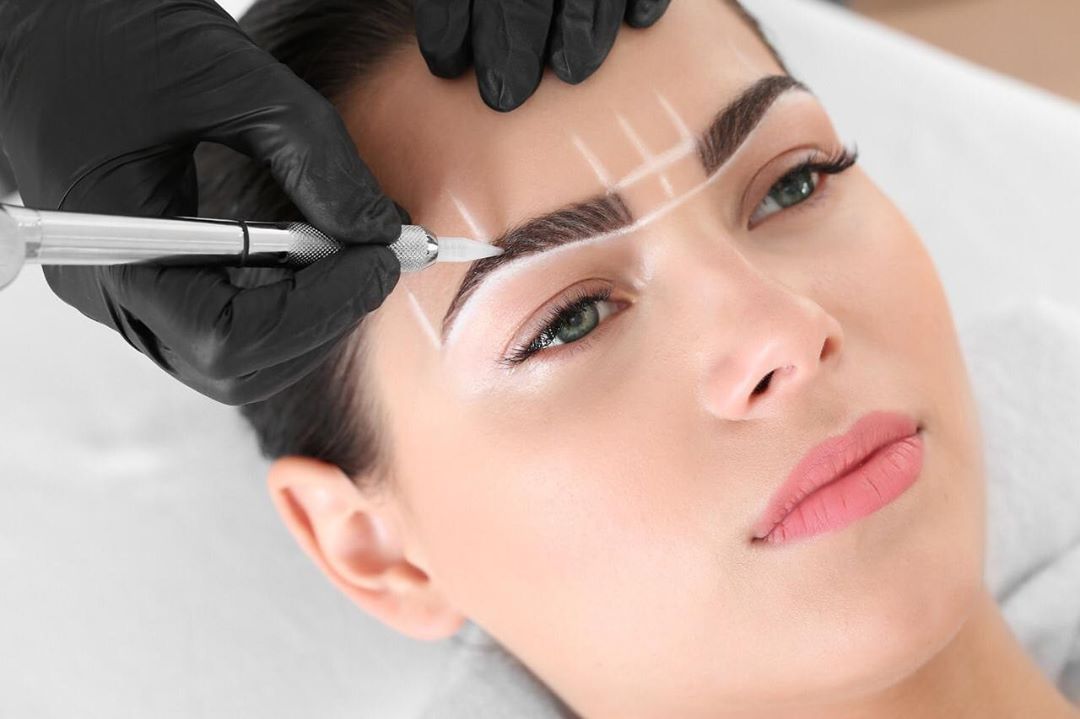
Pain
It should be noted that people have different pain thresholds. Even pain maps used by tattoo artists do not always match an individual's pain threshold. Some people can easily endure 8-hour sessions of tattooing on their ribs, while others may experience severe pain from tattooing their forearms. It is generally believed that permanent makeup causes less pain than tattooing. However, eyebrow, lip, eye, and cheek tattooing can be painful because the skin in those areas is thin and sensitive.
The Purposes of Permanent Makeup and Tattoos
Permanent makeup serves to make life easier – eliminating the need for extensive makeup routines and keeping the face looking fresh and rested. It can also help correct the shape of eyebrows and lips to enhance a person's attractiveness while saving them the time and effort of daily makeup application.
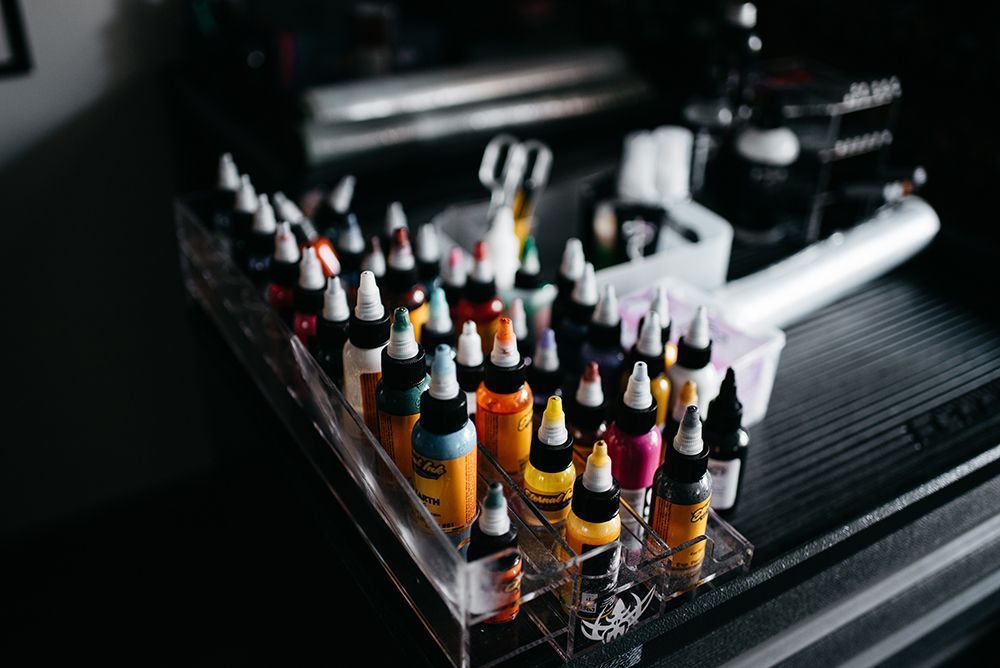
Tattoos have different purposes, although a beautiful tattoo can make a person more attractive. Sometimes tattoos are used to cover scars, burns, or marks. A tattoo can indicate membership in a social group, like the Maori or Yakuza. The image on the skin can carry a hidden meaning that only the owner or a select few "initiates" know about. In some cases, such as in prison, a tattoo emphasizes a person's status in the social hierarchy. But mainly, images on the body are perceived as a form of art, alongside painting.

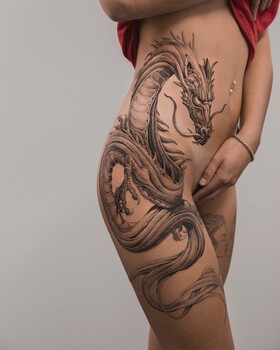
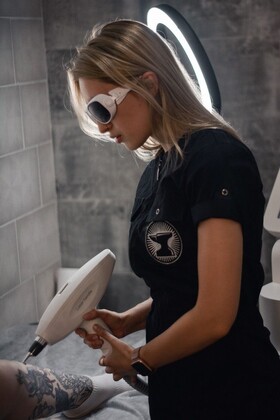


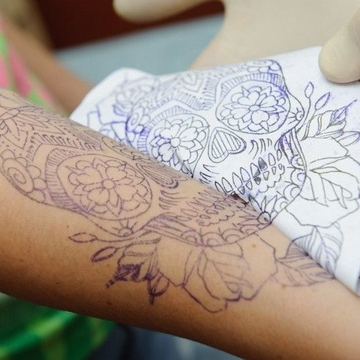
Comments (0)